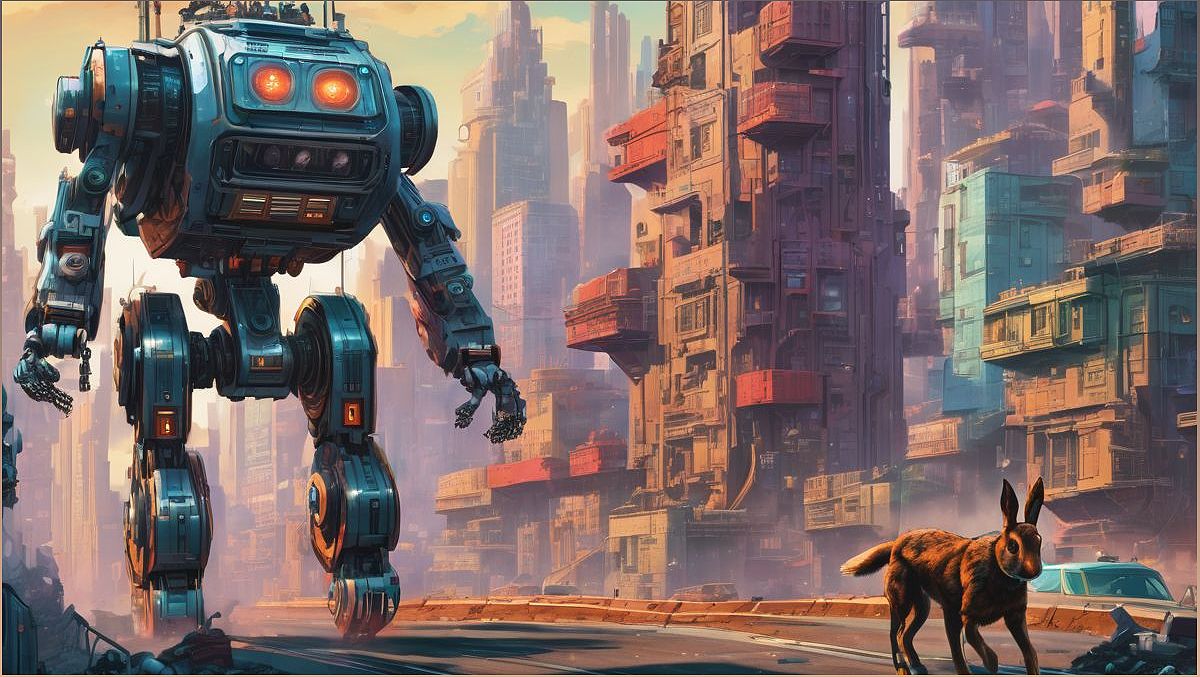Welcome to the world of autonomous robots! In this article, we will take a deep dive into the past, present, and future roles of these remarkable machines. From their humble beginnings as basic task performers to the emergence of collaborative robots, we will explore how they have evolved and the potential they hold for revolutionizing industries. Join me as we embark on a journey through time and discover the fascinating world of autonomous robots.
The Evolution of Autonomous Robots
Explore the fascinating journey of autonomous robots and their evolution over time.
From their inception in the 1940s and 1950s to the present day, autonomous robots have come a long way. British neurophysiologist W. Grey Walter's pioneering work with robots like Elmer and Elsie laid the foundation for their development. These early robots exhibited autonomous actions and mirrored lifelike behavior.
Over the years, advancements in technology, such as electronics, sensors, and software, have expanded the capabilities of autonomous robots. They can now perform complex tasks like painting, welding, and precision work. The evolution of autonomous robots has revolutionized industries and increased manufacturing productivity.
Today, we are witnessing a new generation of autonomous robots known as collaborative robots or cobots. These robots are designed to work alongside humans, enhancing productivity and safety in various industries.
The Rise of Artificial Intelligence
Discover how artificial intelligence has accelerated the capabilities of autonomous robots.
Artificial intelligence (AI) technology has rapidly advanced in recent years, impacting various sectors globally. AI has become an integral part of our lives, with intelligent assistants and automation systems supporting us in our daily tasks.
With the integration of AI, autonomous robots can analyze extensive sets of data, improving their performance and decision-making abilities. They can perceive their surroundings more attentively and adapt to changes through machine learning algorithms.
This combination of AI and autonomous robots has opened up new possibilities and has the potential to revolutionize industries, making them more efficient and productive.
Collaborative Robots: Working Alongside Humans
Explore the emergence of collaborative robots and their role in enhancing human-robot collaboration.
In recent years, there has been a rise in collaborative robots, also known as cobots. These robots are designed to work safely alongside humans, with force-limited joints and computer vision systems ensuring their interaction is secure.
Cobots are smaller and lighter than traditional industrial robots, making them more flexible and adaptable to specific tasks. They can handle precise object manipulation and have independent power sources, enabling them to work seamlessly alongside human workers.
The adoption of cobots has resulted in significant changes in the manufacturing world, improving efficiency and freeing up human workers to focus on more complex and intellectually demanding tasks.
The Future of Autonomous Robots
Discover the potential for widespread adoption of autonomous robots and their impact on various industries.
As costs continue to decrease, the adoption of autonomous robots is expected to increase across industrial sectors worldwide. The potential for widespread adoption of cobots and other autonomous robots is immense, with the ability to transform the way businesses operate.
With advancements in technology, autonomous robots are becoming more intelligent and capable of making autonomous decisions. They can analyze data, improve their performance, and collaborate safely with humans in manufacturing settings.
From streamlining warehouse operations to revolutionizing healthcare and logistics, autonomous robots hold the key to increased productivity, efficiency, and safety in various industries.

